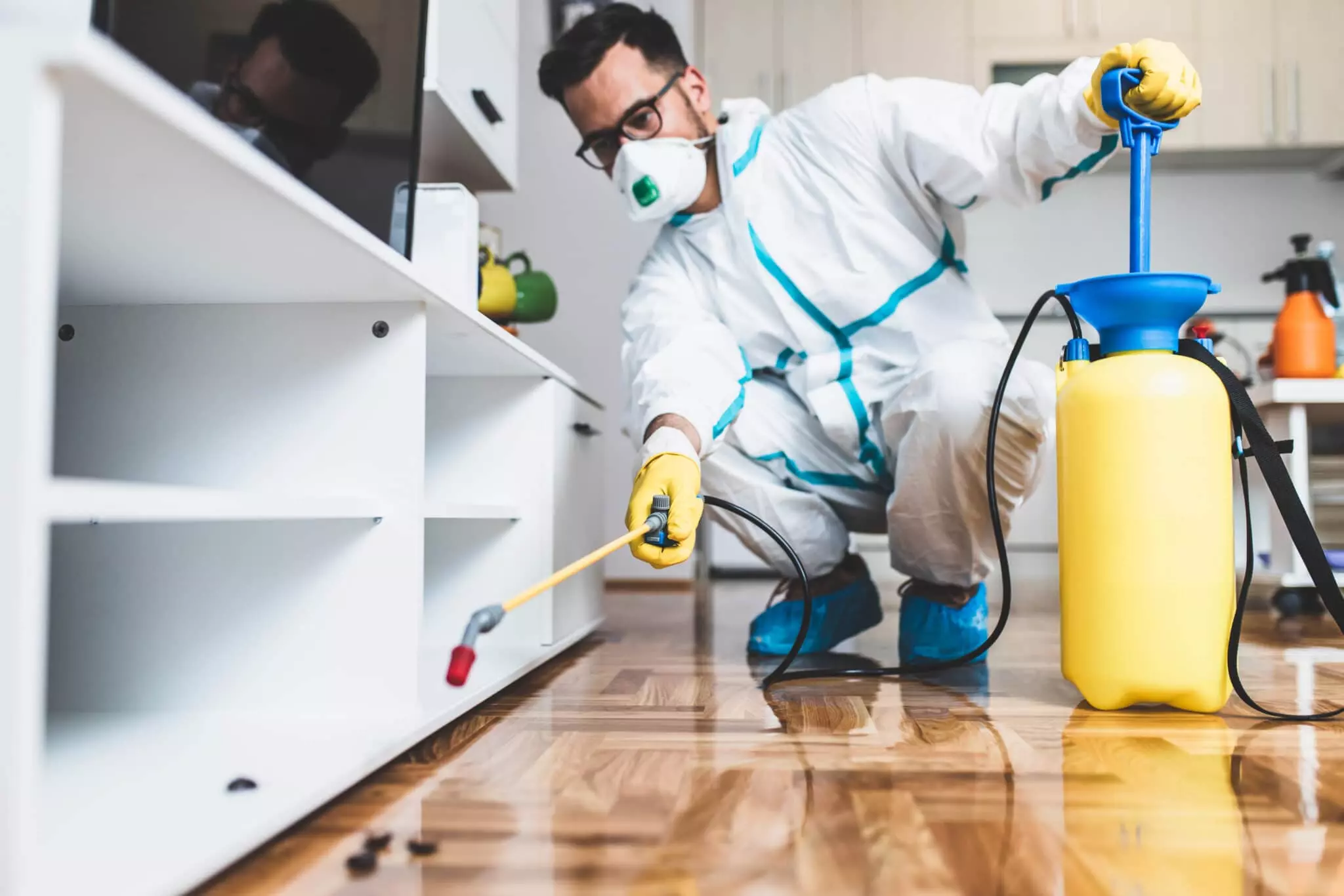A1 Bed Bug Exterminator Charlotte - Effective and Affordable Services
Wiki Article
Bed Bug Therapy Malfunction: Contrasting Chemical Vs. Non-Chemical Solutions
In the world of pest control, specifically when managing the consistent issue of bed insects, the selection between chemical and non-chemical therapy services can be an essential one. Both strategies provide unique advantages and disadvantages, affecting elements such as efficiency, safety considerations, and total expense. By examining the nuanced details of each approach, a clearer understanding of which course to seek in attending to a bed bug invasion can be attained.Efficiency of Chemical Treatments
Chemical treatments for bed insect infestations have been extensively identified for their fast and powerful efficiency in eliminating these bugs. When thinking about the effectiveness of chemical therapies, it is critical to understand that they can give a fast and complete service to a bed insect problem.In addition, chemical therapies have the benefit of supplying residual impacts, suggesting that they can remain to get rid of bed pests even after the first application. This residual activity is especially helpful in combating any possible re-infestations. Additionally, the fast activity of chemical treatments can bring alleviation to people dealing with extreme bed bug infestations, permitting them to reclaim control of their space rapidly.
Security Worry About Chemical Solutions
One essential element that needs careful consideration when using chemical options for bed insect treatment is making sure the safety and security of owners and the setting. While chemical treatments can be reliable in eradicating bed insects, they might posture risks otherwise taken care of effectively. Among the main safety worry about chemical solutions is the possible injury they can trigger to human health. Direct exposure to particular chemicals made use of in bed insect treatments can result in breathing problems, skin inflammation, or other unfavorable reactions, particularly in individuals with pre-existing conditions or sensitivities. Additionally, improper application or dose of chemical pesticides can result in poisonous residues lingering in the cured area, posing lasting health and wellness threats to passengers.In addition, the environmental impact of chemical solutions is another substantial factor to consider. Some chemicals used in bed insect treatments may be hazardous to beneficial bugs, wildlife, and communities if they leach right into the soil or water supply. It is vital to utilize chemical therapies deliberately, adhering to safety guidelines, and thinking about less hazardous choices to reduce these dangers and make sure the reliable and secure monitoring of bed bug problems.
Benefits of Non-Chemical Approaches
Taking into consideration the possible safety problems and environmental impact related to chemical solutions for bed pest therapy, exploring non-chemical approaches offers an encouraging choice with a number of distinct benefits. Non-chemical approaches use a safer alternative for households, particularly those with pet dogs, youngsters, or people delicate to extreme chemicals. These strategies remove the threats of exposure to toxic substances, reducing the potential for adverse health and wellness impacts. In addition, non-chemical therapies are eco-friendly, as they do not add to air or water pollution, making them a sustainable selection for pest control.Additionally, non-chemical remedies can be effective in targeting bed pests, including hard-to-reach locations where chemical therapies might not permeate - A1 pest control charlotte nc bed bugs. Approaches such as warmth treatment, vacuuming, steam cleansing, and mattress coverings supply extensive elimination without the usage of harmful chemicals.
Limitations of Non-Chemical Treatments

In addition, non-chemical therapies usually require numerous applications to attain effective eradication. This can be time-consuming and may not always ensure full removal of all bed bugs and their eggs, specifically in hard-to-reach or concealed areas.
In addition, the success of non-chemical treatments greatly relies upon proper application and thoroughness, which why not try this out can be testing for people without professional know-how. Poor application of non-chemical approaches might lead to incomplete elimination, resulting in persistent infestations and the demand for additional treatments.
Consequently, while non-chemical treatments have their advantages, it is necessary to recognize these constraints and consider them when determining the most effective method for taking care of bed bug infestations.
Expense Contrast: Chemical Vs. Non-Chemical Options
Given the constraints connected with non-chemical treatments, an essential element to examine in the context of bed bug management is the cost comparison in between chemical and non-chemical choices. In comparison, non-chemical therapies like warm therapy or vapor can be more expensive, with expenses varying from $1,000 to $6,000 for an entire home. While the first expense of chemical treatments might seem reduced, multiple therapies may be needed to completely remove the infestation, potentially increasing the general price.Final Thought

Thinking about the possible safety issues and ecological influence linked with chemical solutions for bed bug treatment, exploring non-chemical methods provides a promising alternative with a number of distinctive advantages.Given the limitations connected with non-chemical therapies, an important element to evaluate in the context of bed bug management is the cost comparison between chemical and non-chemical choices. In comparison, non-chemical therapies like heat treatment or vapor can be extra pricey, with expenses varying from $1,000 to $6,000 for an entire home. While the preliminary expense of chemical therapies might appear reduced, numerous therapies might be needed to completely eradicate the invasion, possibly enhancing the overall price.In final thought, when comparing chemical and non-chemical bed bug treatment alternatives, it is vital index to think about efficiency, safety, benefits, restrictions, and expense.
Report this wiki page